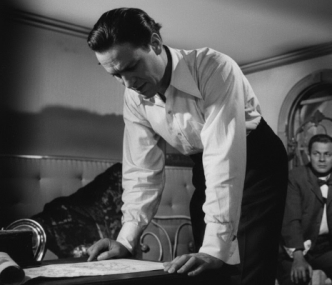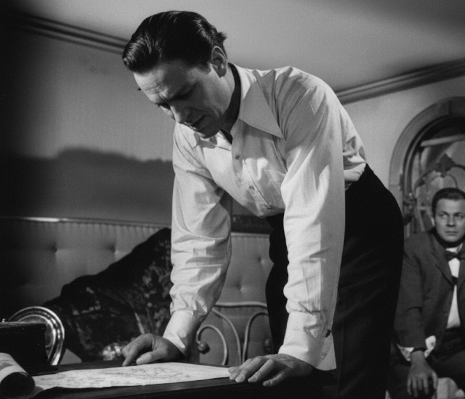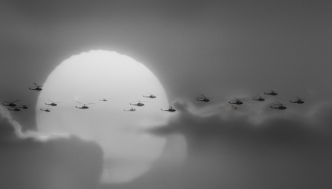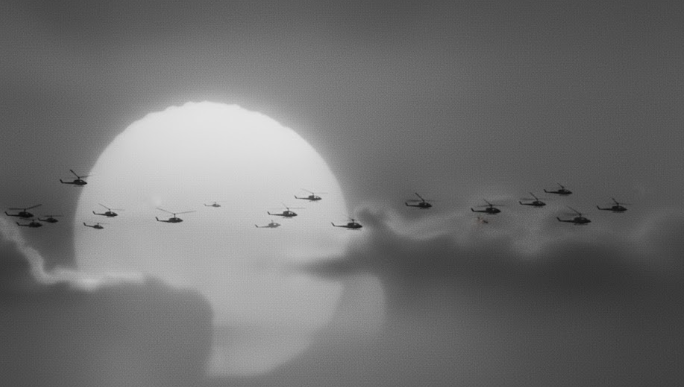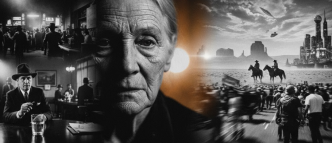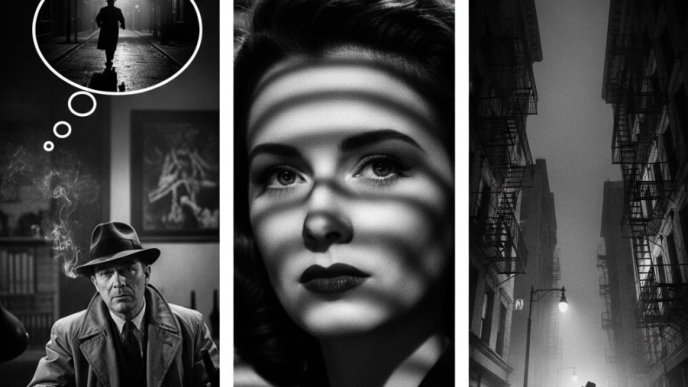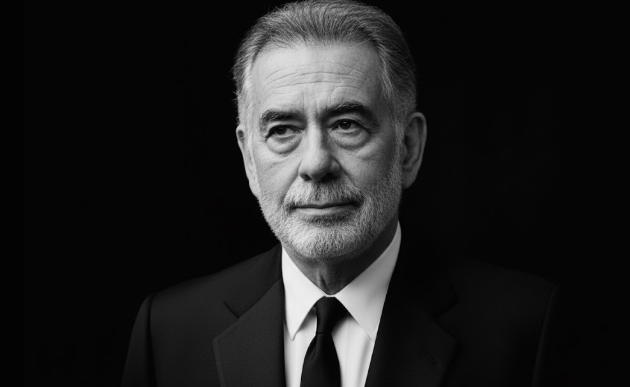When Orson Welles, a 25-year-old wunderkind of radio and theatre, was given unprecedented creative control by RKO Pictures, he didn’t just make a movie; he reinvented the language of cinema. Citizen Kane (1941) remains a monumental achievement, a film that stunned critics and audiences with an inventive approach to filmmaking that broke from every established convention of its time.
More than a character study of the enigmatic newspaper tycoon Charles Foster Kane, the film is a masterclass in technical innovation, where every element of the craft—narrative structure, cinematography, and sound design—is used to serve the story’s central themes of power, memory, and the elusive nature of truth. Welles, drawing on his theatrical background and his mastery of radio, created a cinematic universe where the “how” of the story is just as important as the “what,” leaving a legacy that continues to influence filmmakers to this day.
The Narrative Revolution: A Life in Fragments
The most radical departure of Citizen Kane from the classical Hollywood style is its narrative structure. Welles completely abandoned traditional linear storytelling, instead presenting the life of Charles Foster Kane as a complex puzzle that the audience must piece together. The film is not told chronologically but through a series of overlapping flashbacks, each from the perspective of a different character who knew Kane. This non-linear approach creates a fragmented and multifaceted portrait of a man who remains, ultimately, an enigma.
The story unfolds through the investigation of a reporter tasked with deciphering Kane’s dying word, “Rosebud.” This structure allows Welles to explore the unreliability of memory; each narrator’s recollection is colored by their own prejudices and experiences, casting doubt on the objective “truth” of Kane’s life. By presenting these conflicting accounts, the film suggests that a person’s life cannot be neatly summarized or understood, a profound departure from the clear-cut character arcs of the era. This innovative use of flashbacks and multiple perspectives was a landmark in cinematic storytelling, introducing a new level of psychological depth and ambiguity to the medium.
The Visual Revolution: Deep Focus and Expressive Angles
Working with the brilliant cinematographer Gregg Toland, Welles crafted a visual style that was as revolutionary as his narrative. Their most significant contribution was the extensive and masterful use of “deep focus” cinematography. This technique, which keeps every plane of the image—foreground, middle ground, and background—in sharp focus simultaneously, was a radical break from the shallow focus preferred by Hollywood at the time.
Deep focus allowed Welles to create complex compositions where multiple actions could unfold within a single shot, turning the mise-en-scène (the physical environment) into a critical storytelling element. This technique is most effective in scenes depicting Kane’s growing isolation. For example, in a famous scene showing Kane’s childhood, we see his parents in the foreground signing him away to a guardian, while the young Kane is visible through a window in the deep background, playing innocently in the snow. This single, layered image powerfully conveys the tragic moment his life is irrevocably changed, without the need for a single cut.
Welles and Toland also pioneered the use of extreme low-angle shots, often by cutting holes in the studio floor to place the camera. This technique made characters loom large and imposing, visually representing their power, and it also had the practical effect of allowing ceilings to be visible in the frame—a rarity in studio films of the era, which added to the film’s sense of realism.
The Sonic Revolution: Sound as a Storytelling Tool
Welles’s background as a master of radio drama was crucial to Citizen Kane’s innovative sound design. He brought the techniques he had perfected in the audio-only medium of radio to the screen, using sound not just as a supplement to the image, but as a powerful narrative tool in its own right.
He pioneered the use of “sound bridges,” where the sound from the next scene begins before the image from the current one has ended, creating a seamless and fluid transition between different time periods and locations. He also employed overlapping dialogue, where characters speak over one another, a technique that was unheard of at the time but which created a far more realistic and dynamic soundscape. These sonic innovations, borrowed directly from his radio work, helped to create the film’s layered and complex atmosphere, proving that sound could be as expressive and revolutionary as the image.
Conclusion: A New Cinematic Language
The genius of Citizen Kane lies in the perfect synthesis of its technical innovations. The non-linear narrative, the deep focus cinematography, and the sophisticated sound design all work in concert to tell the story of a complex, unknowable man. Orson Welles did not just use new techniques for the sake of novelty; he used them to deepen his film’s thematic explorations of memory, power, and the difficulty of truly understanding a human life. In doing so, he created a new cinematic language, a toolkit that filmmakers have been drawing from ever since.
Learn more about the man behind the masterpiece: Orson Welles’s Life and Legacy →

Dario Loce is the founder and editor of Celebrimous. He is a lifelong film enthusiast and the author of several locally-published books on cinema history and analysis. His passion is deconstructing the “how” and “why” of filmmaking, from the director’s vision to the editor’s cut. When not lost in a classic film, he’s usually walking through the city, replaying scenes in his mind like unfinished stories.
